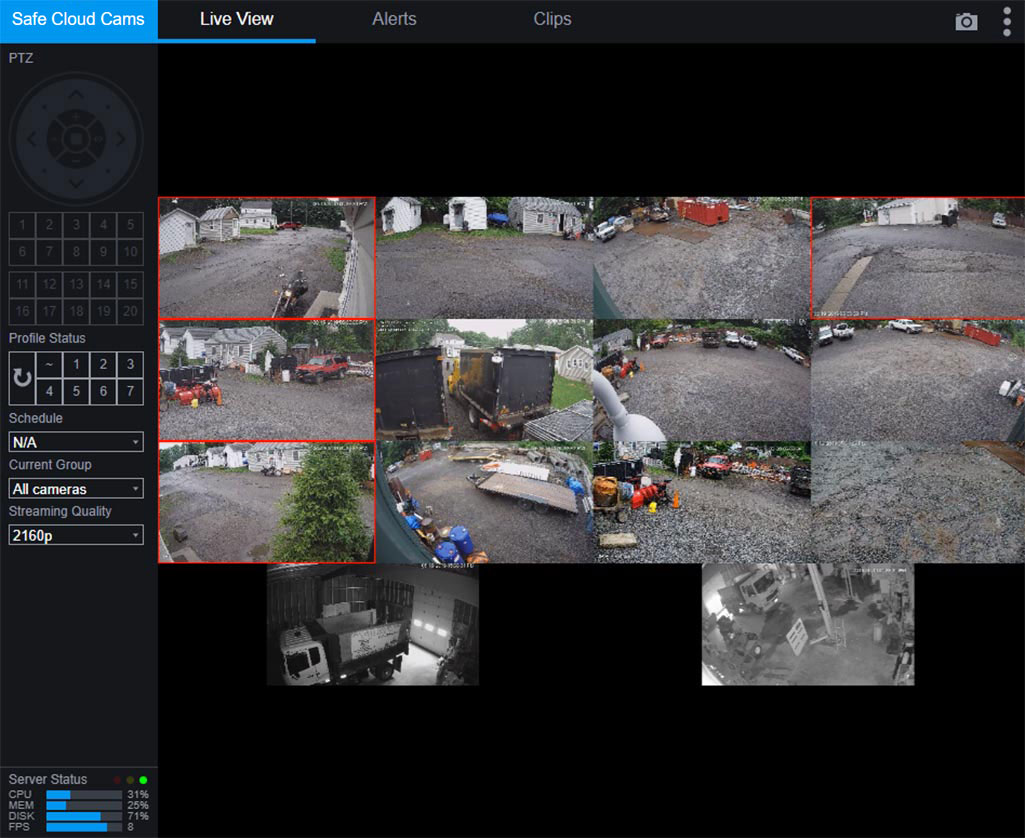When To Plant
For best results, plant iris rhizomes in July, August or September. This is also the best time (plants are normally dormant during the heat of July and August) to divide and replant iris that have become overcrowded, usually after three to five years. It is important that the roots of newly planted irises be well established before the end of the growing season. Plant your iris at least four to six weeks before your first hard freeze or killing frost.

Perspective Software Blue Iris 3 Full Versio and Keygen Torrent. JaimeAndole Subscribe Unsubscribe 3. 16 Sep 2012 14 254. Download From:.bit.ly/HKsret Tags:,Perspective Software Blue Iris 3 crack,Perspective Software Blue Iris 3 crack free,free Perspective Software Blue Iris 3 crack,Perspective Software Blue Iris 3 free download,Perspective Software Blue Iris 3 full version,get Perspective Software Blue Iris 3 free,Perspective Software Blue Iris 3 license number free,Perspective Software Blue Iris 3. Plant your iris at least four to six weeks before your first hard freeze or killing frost. Where To Plant Irises require at least a half-day (6-8 hours) of direct sunlight. Some afternoon shade is beneficial in extremely hot climates, but in general irises do best in full sun. Iris will grow in deep shade, but probably not flower.
Where To Plant
Irises require at least a half-day (6-8 hours) of direct sunlight. Some afternoon shade is beneficial in extremely hot climates, but in general irises do best in full sun. Iris will grow in deep shade, but probably not flower. Provide your irises with good drainage. A raised bed or planting on a slope are ideal places to plant iris. Good air circulation is essential and water should not stand in the beds.
Soil Preparation
Blue Iris 5 License Key
Bearded irises will thrive in most well drained soils. If you have heavy soil, adding humus – compost – or other organic material – will improve drainage. Gypsum is an excellent soil conditioner that can improve most clay soils. The ideal pH for irises is 6.8 (slightly acidic) but irises are quite tolerant of less-than-perfect soils. Lime may be added to acidic soils and sulfur may be added to alkaline soils.Have your soil tested before making any correction.
Planting Depth


Plant your rhizomes at or just barely below the surface of the ground. Irises should be planted so the tops of the rhizomes are visible and the roots are spread out facing downwards in the soil. However, in extremely hot climates or with very light soils, cover rhizomes with up to one inch of soil. Tamp the soil firmly to anchor the rhizomes until new roots begin to grow, and water well.It is a common mistake to plant Irises too deeply.
Basic Planting Steps
Step (1)Build up a small mound of soil in the center of the planting hole.
Step (2)Center the rhizome on the soil mound and spread out the roots on either side.
Step (3)Firm the soil around the roots. Newly planted rhizomes should be watered thoroughly.
Be Patient— Irises are perennials and require time to grow. New growth may be noticeable within 2-3 weeks and begins with a new center leaf in the fan. Depending upon the maturity of the rhizome and the geographical location, there may or may not be blooms the first Spring.
Figure 1.
Build up a small mound of soil in the center of the planting hole.
Figure 2.
Center the rhizome on the soil mound and spread out the roots on either side.


Figure 3.
Firm the soil around the roots. Newly planted rhizomes should be watered thoroughly.
Spacing Plants
Planting rhizomes 12 to 24 inches apart is the norm. Close planting results in immediate effect, faster clump formation, and more color but makes dividing clumps a necessity in two to three years. The photo to the below shows iris being planted in groups of three. Notice that each of the rhizome “toes” face inward towards each other about 8 inches apart as they are planted.
Watering
Newly planted rhizomes need moisture so their root systems develop. Once established, irises should be watered when the top three inches of soil dry out. The watering frequency will depend to a great extent on your environment.Over watering of Irises is a common mistake.After planting, water well and continue watering until the first good rain. If lack of rain persists, watering should be deep enough to penetrate the shallow root system. Less frequent deep watering is better than frequent shallow watering.
Fertilization
The soil type for your area will determine your fertilizer needs. Superphosphate, or a well-balanced fertilizer with an N-P-K ratio of 10-10-10 or 5-10-10 are recommended. Avoid anything high in nitrogen as it encourages soft growth that is susceptible to disease. Provide a light application in early spring and again a month after bloom . Place fertilizer around rhizomes, not directly on them. Alfalfa pellets (without salt) are extremely beneficial when incorporated in the soil around newly planted irises. Do NOT use Feed and Weed preparations.
Dividing Clumps
When irises become crowded, usually every three to four years, bloom will decline. At this time, old clumps may be thinned by removing several divisions and leaving a portion of the clump in the ground. A better practice is to remove the entire clump, replenish the soil and replant a few large rhizomes.
Blue Iris Key
Figure 5.
Digging a three year iris clump.
Figure 6.
Remove excess dirt and discard the old center divisions.
Figure 7.
Separate the individual rhizomes for replanting.
General Garden Care
It is extremely important to keep your iris beds free of weeds and fallen leaves so the rhizomes may bask in the sun. Spacing plants so there is good air circulation will help prevent diseases. Break out bloomstalks as soon as bloom season is over. This prevents contamination of your named varieties by chance bee crosses. These crosses would cause seedpods to form that might go unnoticed. If given time to ripen, they might drop seeds to the ground. The resulting new plants are often unattractive. So breaking out bloomstalks right away is a good garden practice.
Serial Key Generator Free
Note: Much of the above planting information was derived from William Shear’s bookThe Gardener’s Iris Bookpublished by The Taunton Press. Mr. Shear is a biologist at Hampden-Sydney College in Virginia. He has been growing irises for more than 50 years.